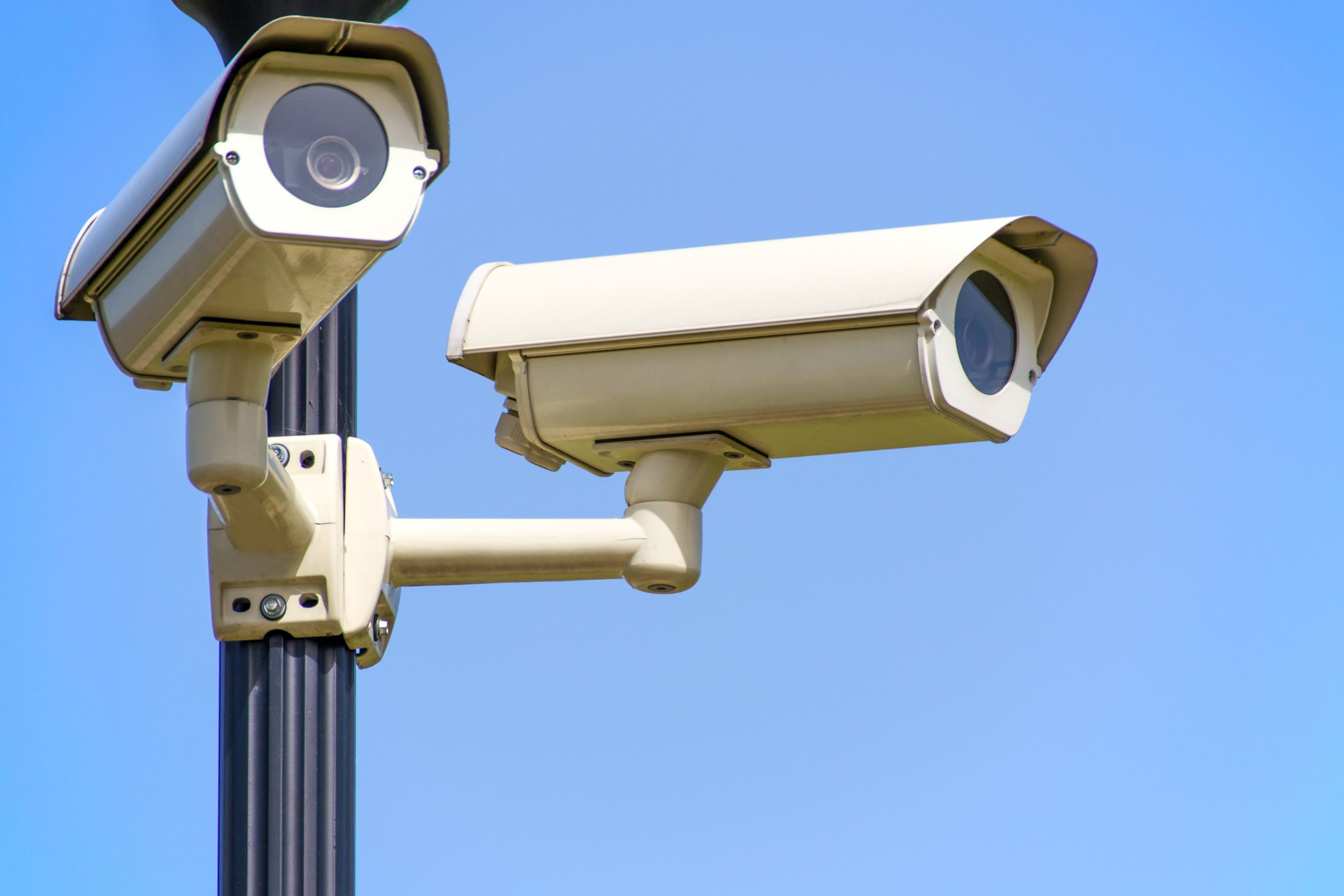Security cameras are a staple in every security system as it’s one of the easiest and most practical ways for home or business monitoring. Smart home enthusiasts love security cameras especially now that many devices come with AI integration and improved night vision.
One of the main questions surrounding security cameras is whether or not these devices can see in the dark. While many commercial-grade devices are capable of recording in super dark environments, how about the security cameras meant for household monitoring?
This article will explain night vision on security cameras so you can have a better understanding of how these devices work in low-light conditions.
Can normal security cameras see in the dark?
Yes. Most modern security cameras are capable of recording footage even in challenging scenarios. They use a variety of methods to enhance their low-light capabilities such as specialised lenses, dedicated software, thermal imaging, and more.
How does night vision work?
Night vision refers to the camera’s ability to record footage in dark conditions. There are many different technologies that enable security cameras to see at night and the type of technology used can affect the overall image quality of the camera.
Let’s discuss some of the most common technologies used in security cameras to help you make an informed buying purchase.
- IR
IR or infrared is an old technology used to give security cameras night vision. Much like ultraviolet light, IR is a light spectrum that sits just beyond the visibility of humans. IR light is emitted by many different sources like TV remotes, heat lamps, toasters, and more.
A standard photo camera uses an IR filter which can disrupt the sensor and produce a lousy image. But if we can use IR correctly, determine how much light is available, then we can enhance a camera’s night vision capabilities.
It doesn’t take sophisticated electronics to determine how dark it is outside. When the camera detects the scene is in low light, the IR light activates. Manufacturers nowadays use Smart IR which uses computer processing to analyse an image and produce just the right amount of IR light.
IR cameras don’t rely on a single bulb or light source. Instead, they use a ring of IR light emitters around the lens to help them see at night. With a smart IR camera, the device adjusts the lighting so that the image appears crisp and clear.
- Thermal vision
Thermal vision is quite similar to IR in that it uses infrared light. Security cameras that have this technology sense IR light in the environment as heat energy instead of shining IR light into an area. After analysing the heat data, it is then converted into a thermogram which is basically a heat map.
Images from thermal cameras show warm colours (reds and oranges) from objects that emit more heat than its surrounding environment. Cool colours (blues and greens) appear on objects that emit less heat. This variation in colour difference is what gives thermal cameras their night vision capabilities as it distinguishes objects in motion that emit more heat than its surroundings.
While thermal cameras don’t provide as clear an image as an IR camera, they do have excellent contrast. Any object that emits heat can easily be identified and the best part is that they have farther viewing range than their IR counterparts.
- Night vision
While we’ve been using the term night vision to refer to the camera’s low-light capabilities, there’s an actual technology that helps the camera see clearly at night. There’s a distinct difference between an IR camera, a thermal camera, and a night vision camera. IR cameras use IR and shine it over an area while thermal cameras sense IR in the environment to create heat maps.
What makes night vision cameras different is that they take all available light in the environment (including IR) and amplify it. You’ve most likely seen night vision cameras in movies where the images appear green. Well the reason why night vision is green is because the image intensification screen inside the camera is made of phosphor.
Since night vision cameras rely on surrounding light, their performance decreases as nearby light decreases. This means that if the area you’re recording it pitch-black, the night vision camera will have a hard time picking up any details.
Choosing between these three camera technologies
Now that you understand how security cameras can see in the dark, the next logical step is to choose a device with the right technology for your applications. Most consumers will benefit from a smart IR camera because they provide superior image quality compared to thermal cameras and night vision cameras.
When using a camera for security purposes, you want to obtain as much detail as possible. Although thermal cameras and night vision cameras work well for their intended purpose, they pale in comparison to smart IR cameras when used for home security.
So before you pick up a security camera, make sure the device has the desired features and night vision capabilities that you need so you can feel confident with your purchase.

